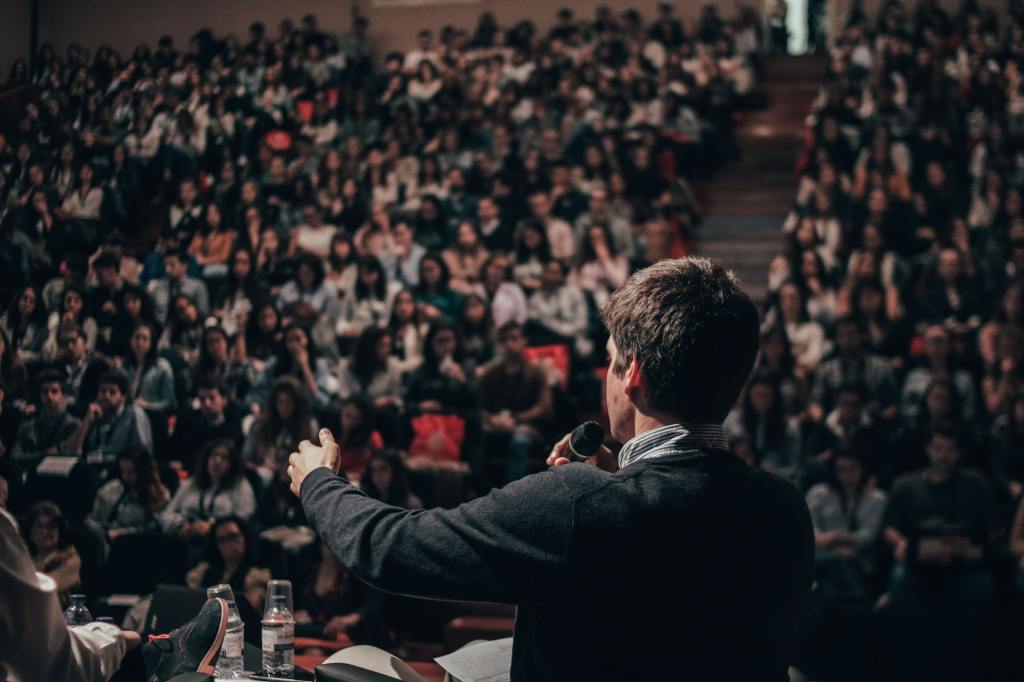
Majority of the time when I get to answer the question, Where are you interning currently; I would reply, “Wikimedia”. I get a lot of puzzled looks and/or a little realization followed by, “Ohh Wikipedia”. On a lot of occasions, I really do not try to correct them because I would have to answer a bevvy of questions following that. Since you have read my previous posts, I am sure you must have a similar question or maybe wondering, “What is Wikimedia and what does it even mean?!”.
Firstly, the Wikimedia Foundation(WMF) or simply, Wikimedia(for a better understanding) is THE organization that owns the domain Wikipedia.org or what you know as Wikipedia. The Foundation raises money, distributes grants, controls the servers, develops and deploys software, and does outreach to support Wikimedia projects, including the English Wikipedia. The term “Wikipedia” is a portmanteau of the words “wiki,” meaning “fast” in Hawaiian, and “encyclopedia.” It is a free, multilingual online reservoir that covers all areas of knowledge and is authored and updated by a community of volunteers through open collaborations. Supported by the Wikimedia Foundation, the website has been here since the first year of the 21st century.
Talking about the Wiki Loves Monuments project

Looking at this subheading, you must be saying, “Talking about the project again!!!”. The answer is yes, I will be talking about the project but the very intrinsic terminologies being used in communication with my mentors or words I use/manipulate while working on this project.
I will start with Monument; right from the title, “Wiki Loves Monuments”. To Dictionary, it means “Something that serves as a memorial”. It is a statue, building, or any structure erected that is of historical importance or to commemorate events, places or persons. These monuments are in the form of images/files which are uploaded by users to help populate monuments in a particular place(Brazil, The UK etc)-for this project we are focusing on Brazil. More information is added by the user like camera/monument coordinates, addresses/location, camera model, image dimensions, image description etc.
Also, Wikidata, Wikitext, and Monument ID are not words you see every day. Wikidata is a central base that represents, describes and gives more information about a thing(could be names-first name, topics, articles, images etc) and people(could be authors, musicians and/or their descendants etc). It is further coordinated with properties. Wikidata ID and Monument ID are one and the same, however, Monument IDs are Wikidata IDs for monument images. They are represented as a Q plus series of numbers. Wikitext, on the other hand, is a markup language (see this as HTML for Wikimedia)peculiar to Wikimedia used to structure pages in Wikim(p)edia.
To connect the dots, the foundation of this project is working with the English Wikimedia API to get images uploaded by users. Proficiency in Python is necessary as the backend is built with Flask which is a python framework. Manipulating the API params (the documentation is useful) and responses using requisite knowledge of python dictionary, list and regex. Before visualising these data got, they need to be stored in a database for ease of accessibility for the end users- The database used for this project is the SQLite database. Therefore, to further link the database with the backend (Flask), the Flask SQLAlchemy/SQLALchemy which is an SQL toolkit and Object-relational mapper (ORM) for python. Visualisation comes next; choosing how/where/what type of visualisation should be used to display past competition statistics, Users’ contributions, while creating the scripts, database and frontend template reusable for other countries in the nearest future. All these summarise the necessary steps for the project to be actualised.